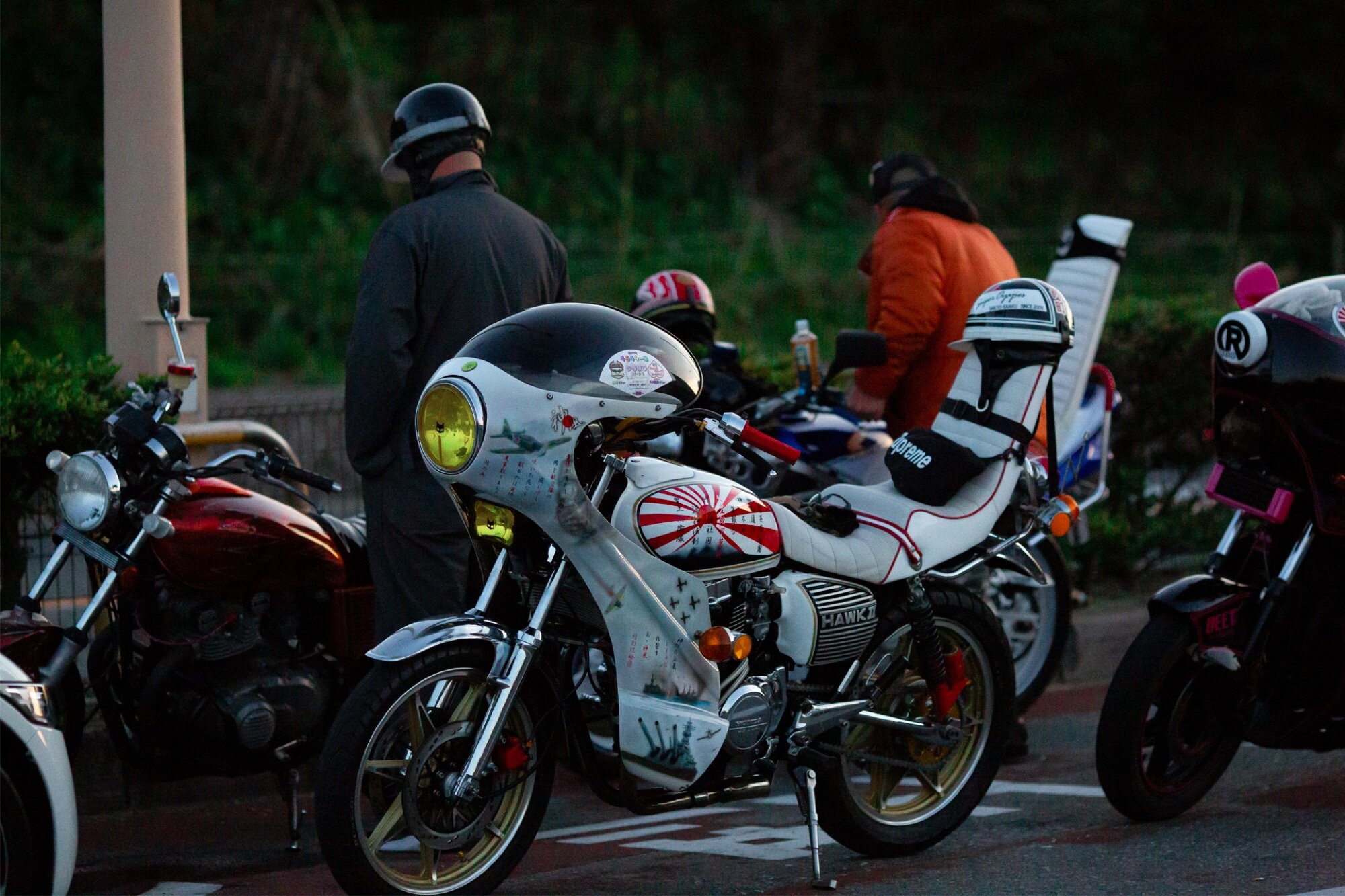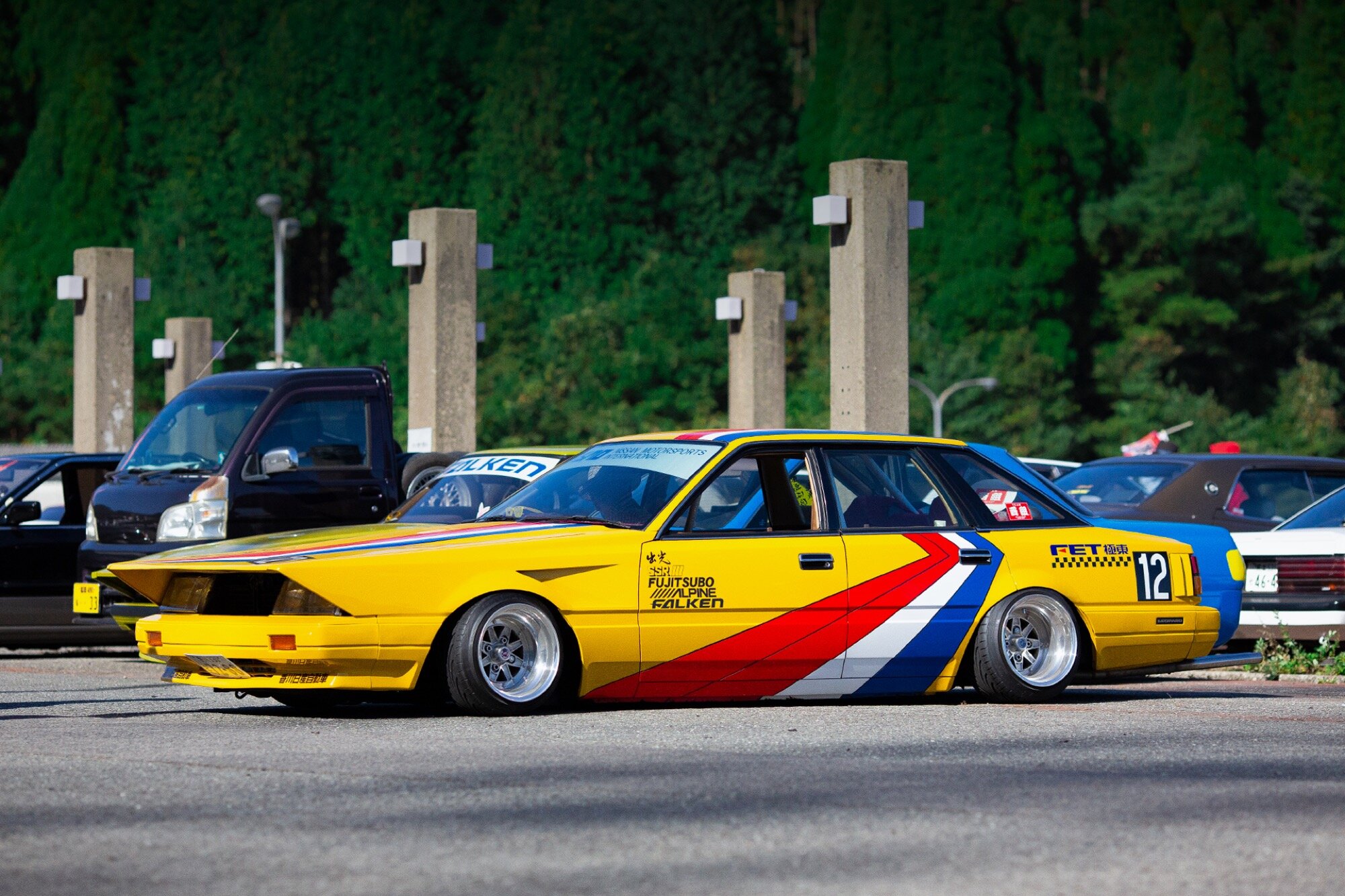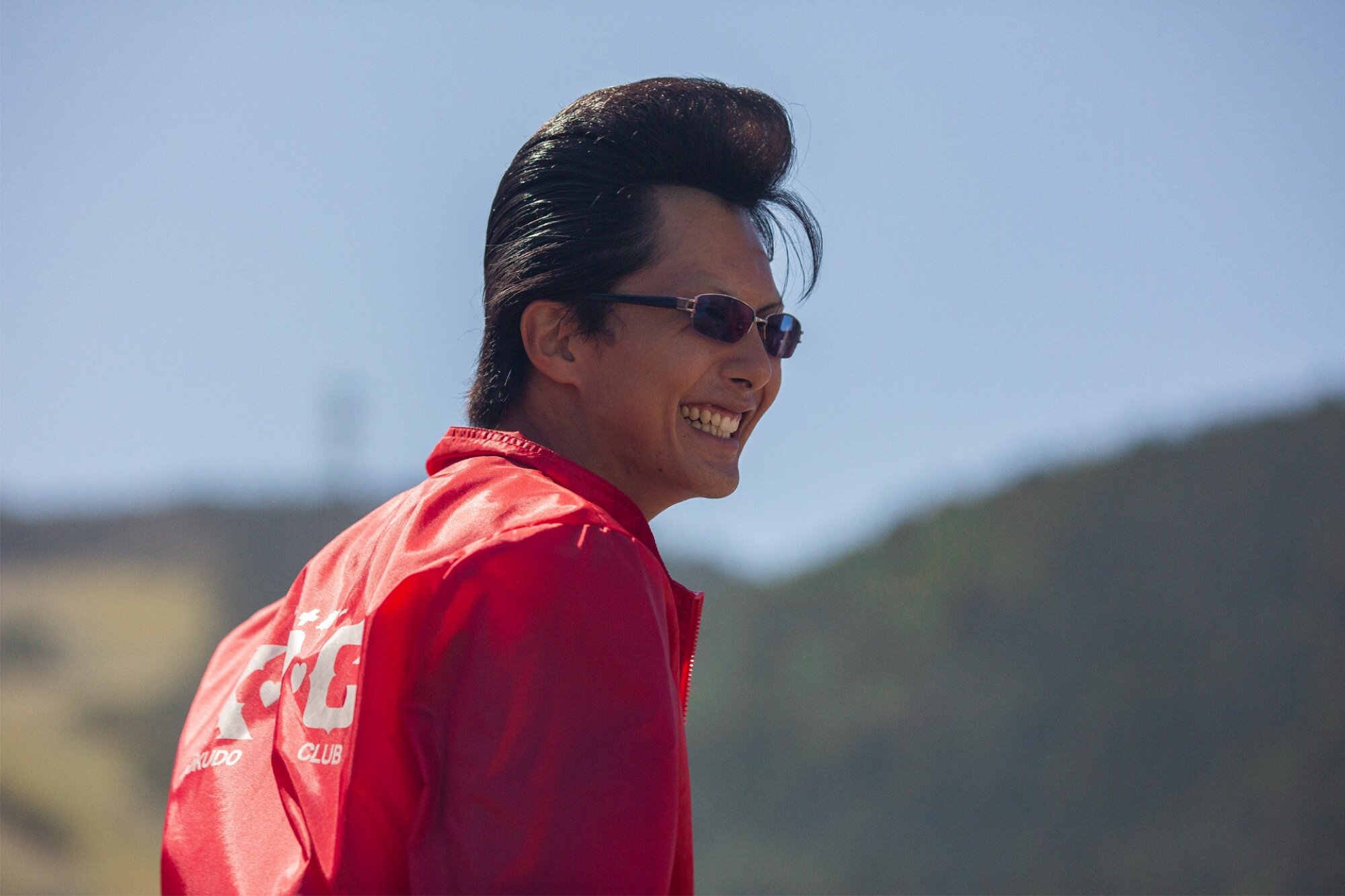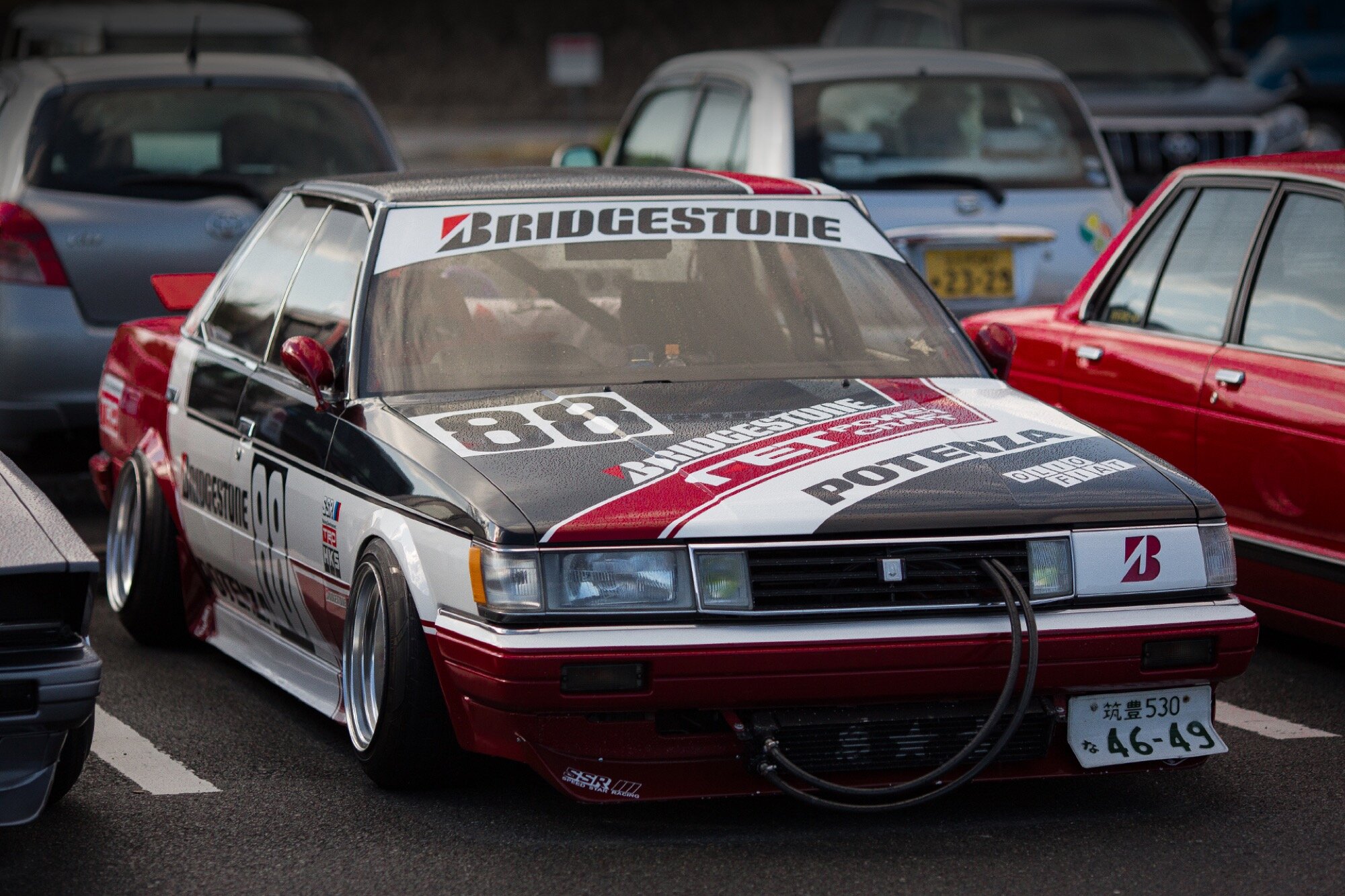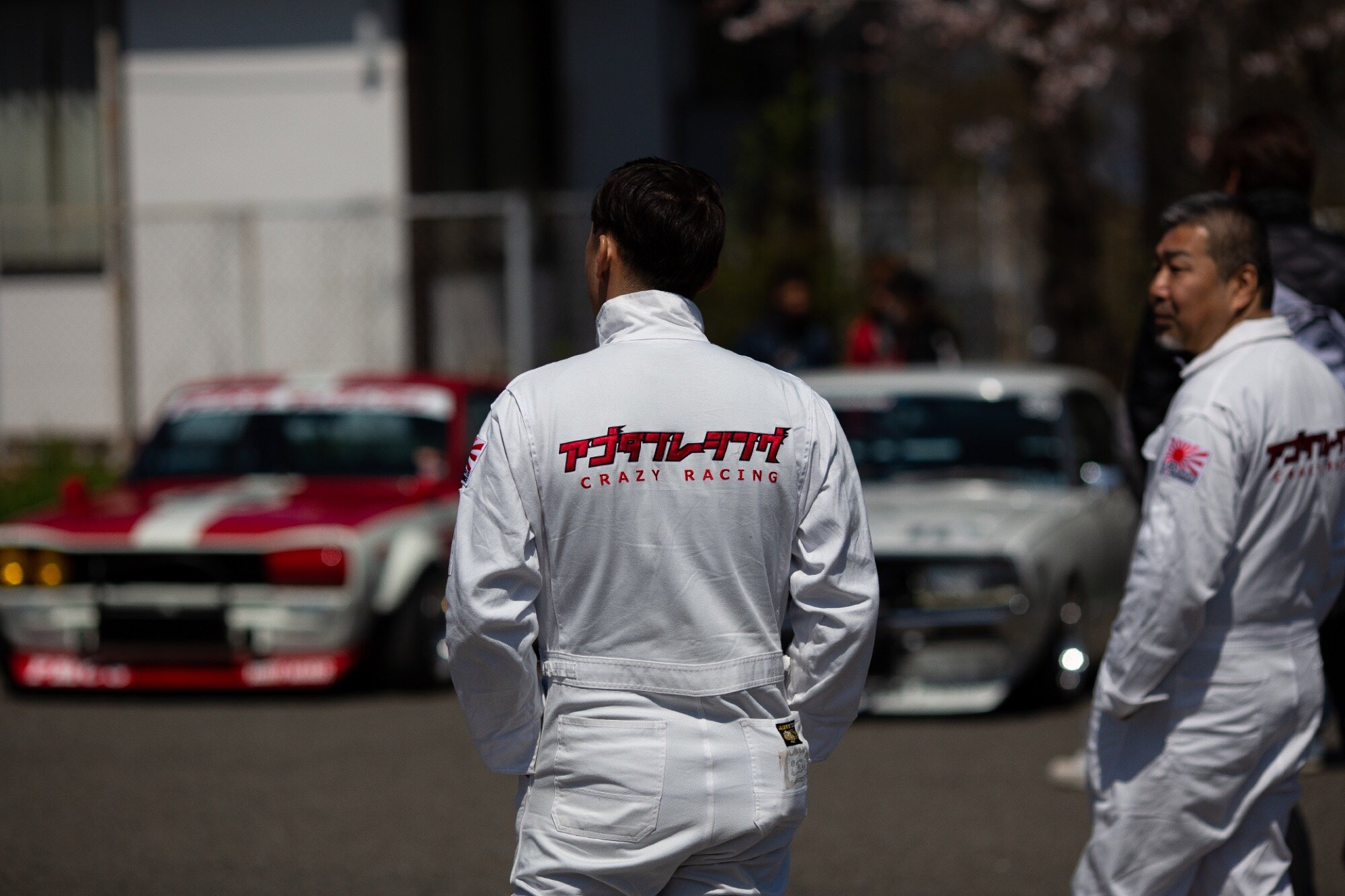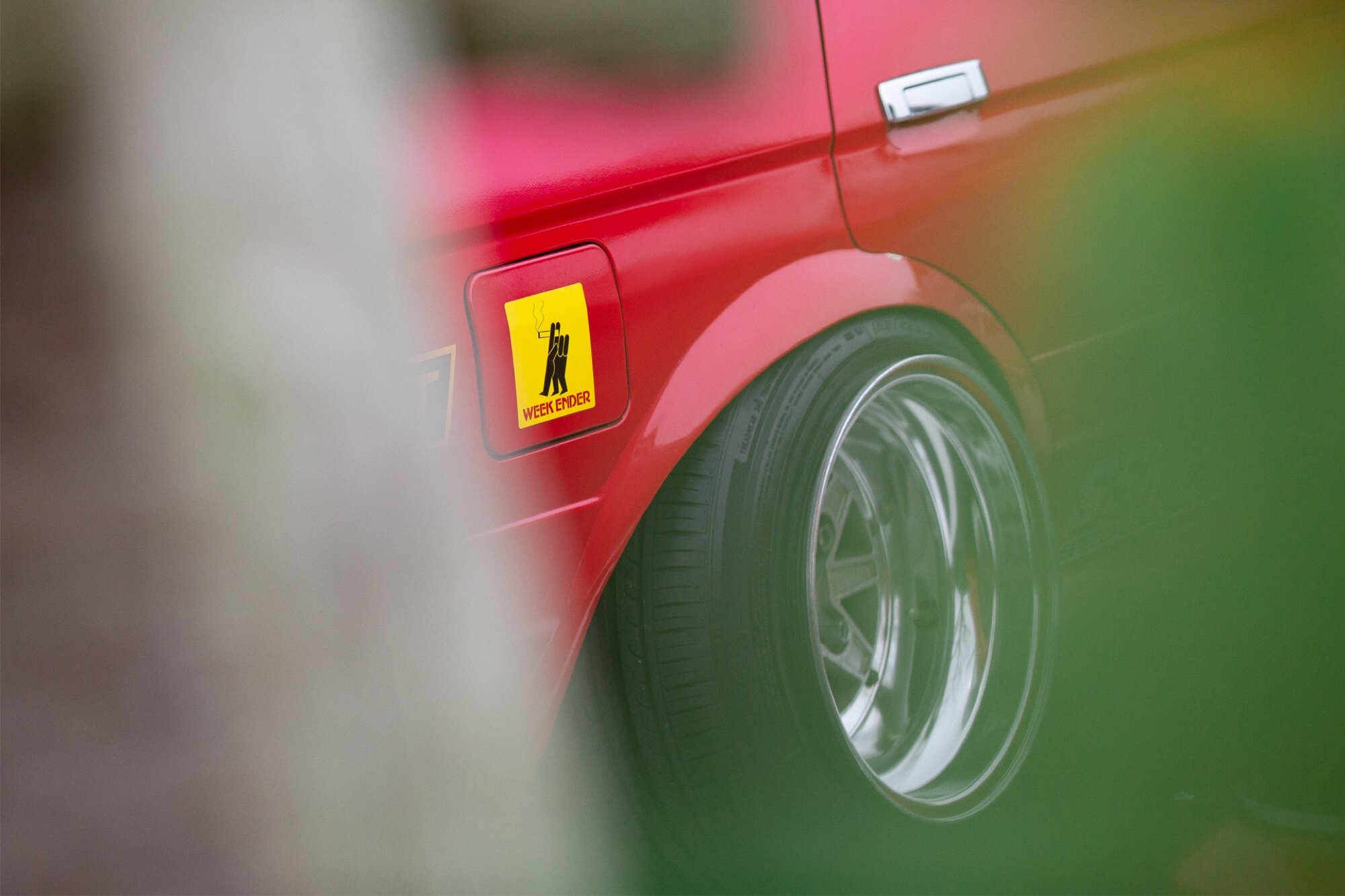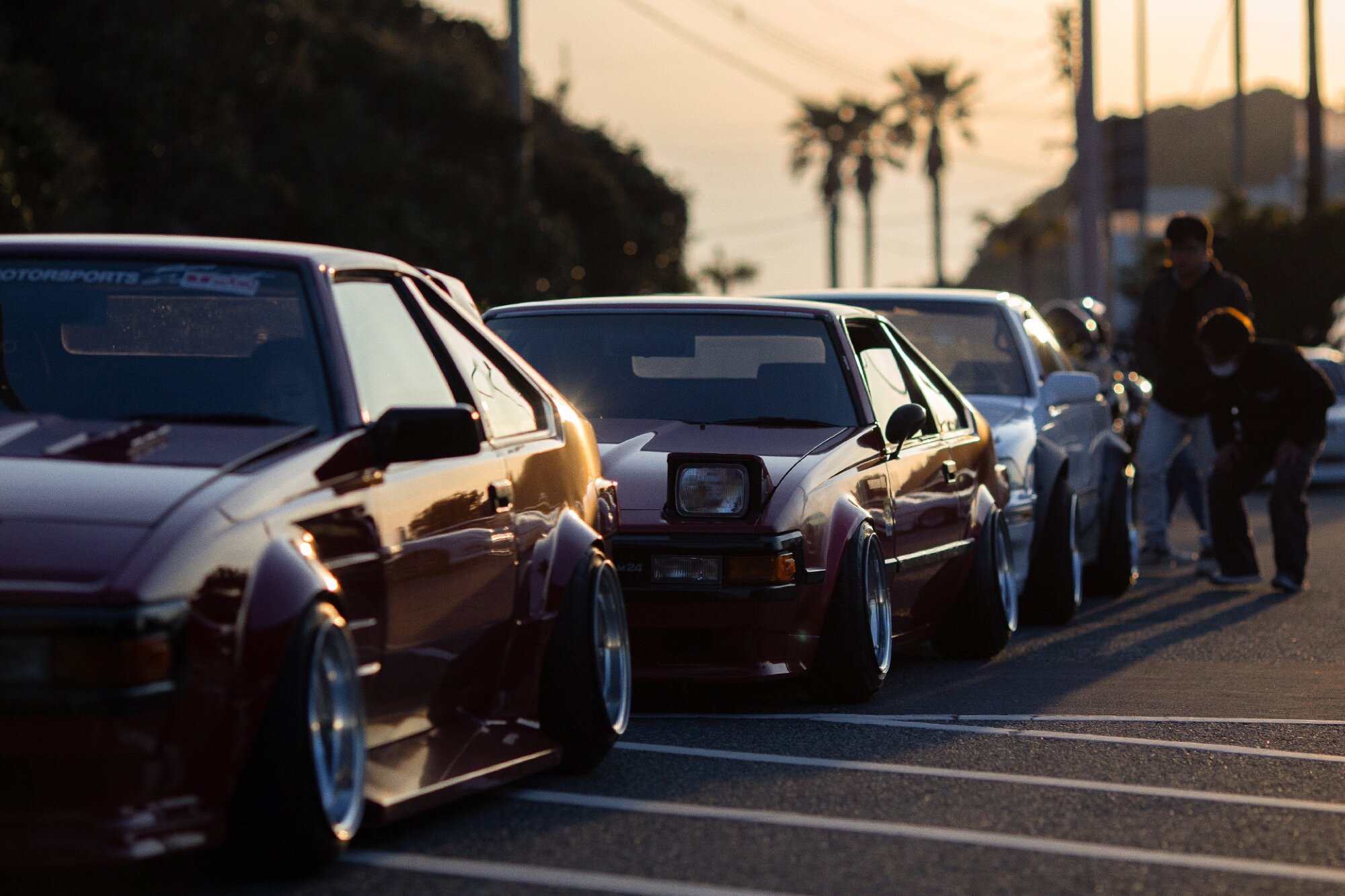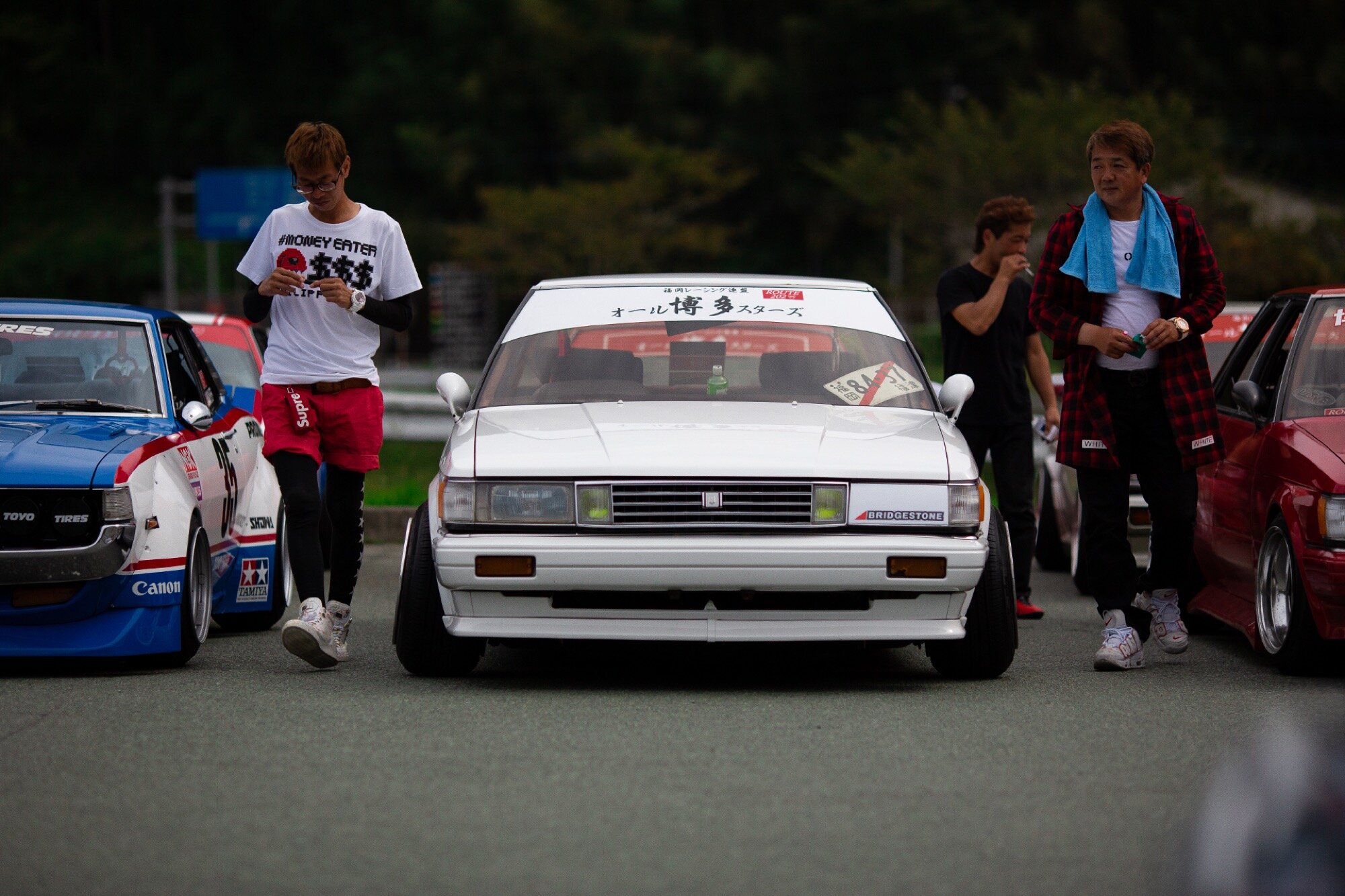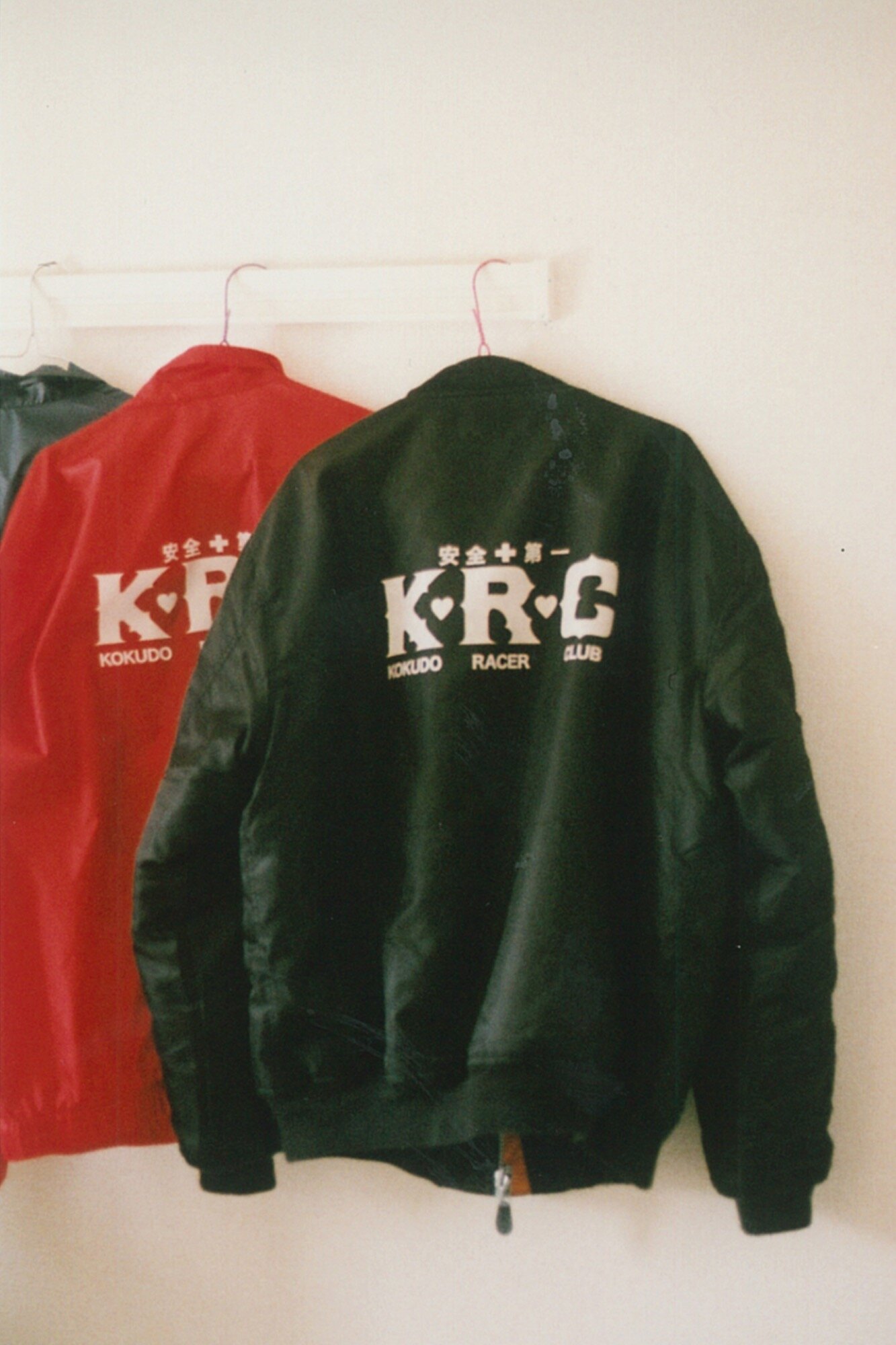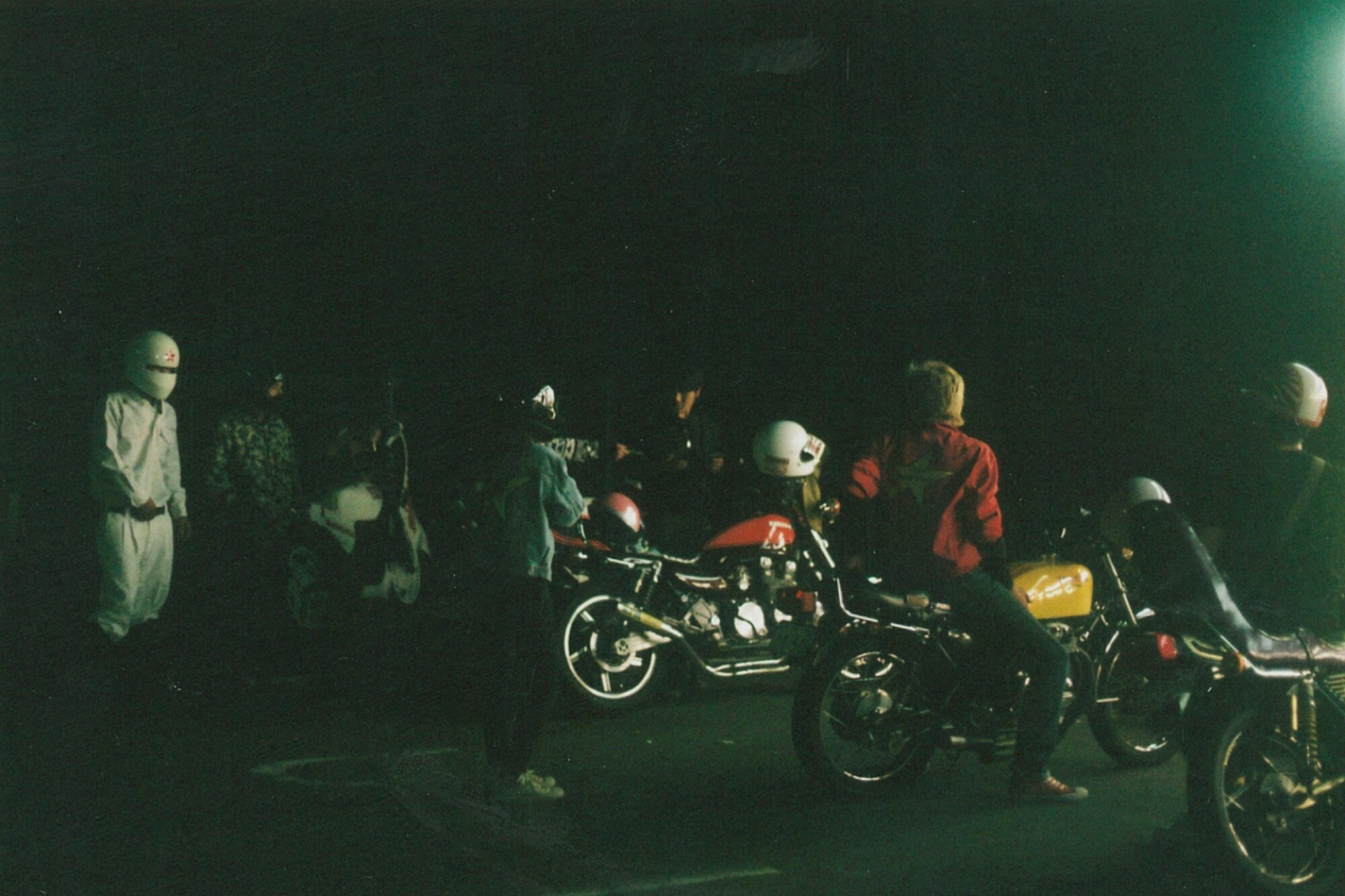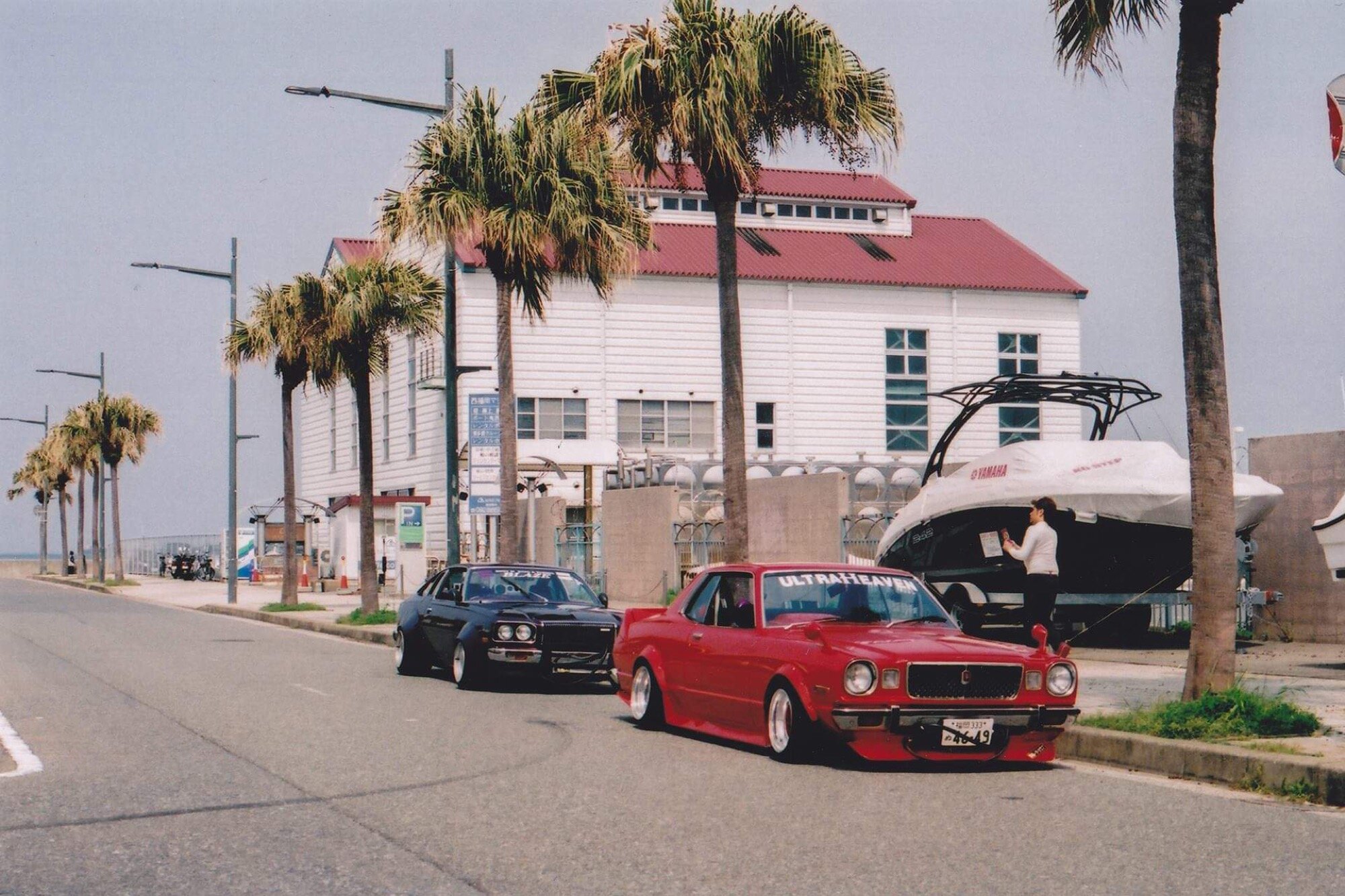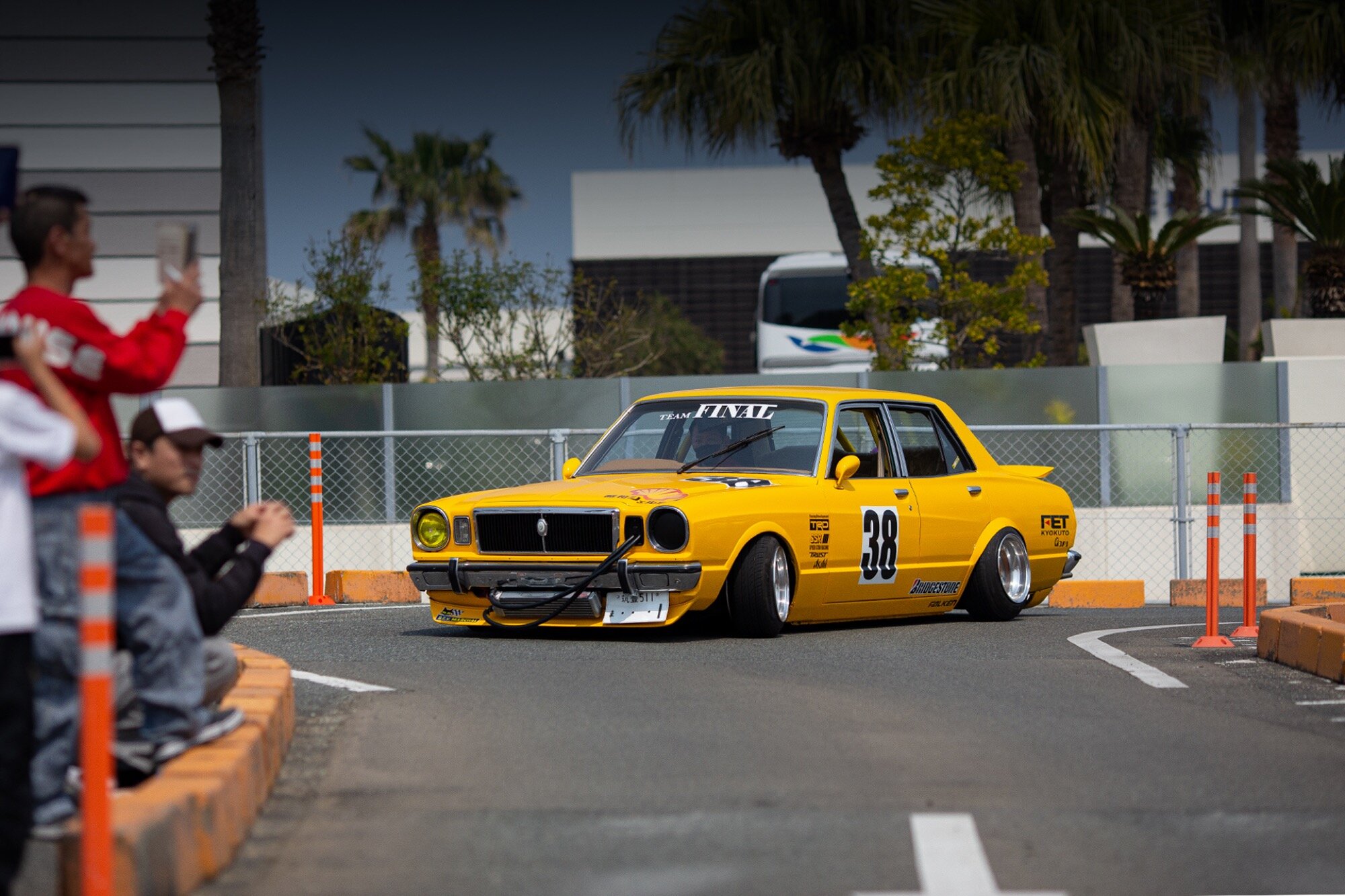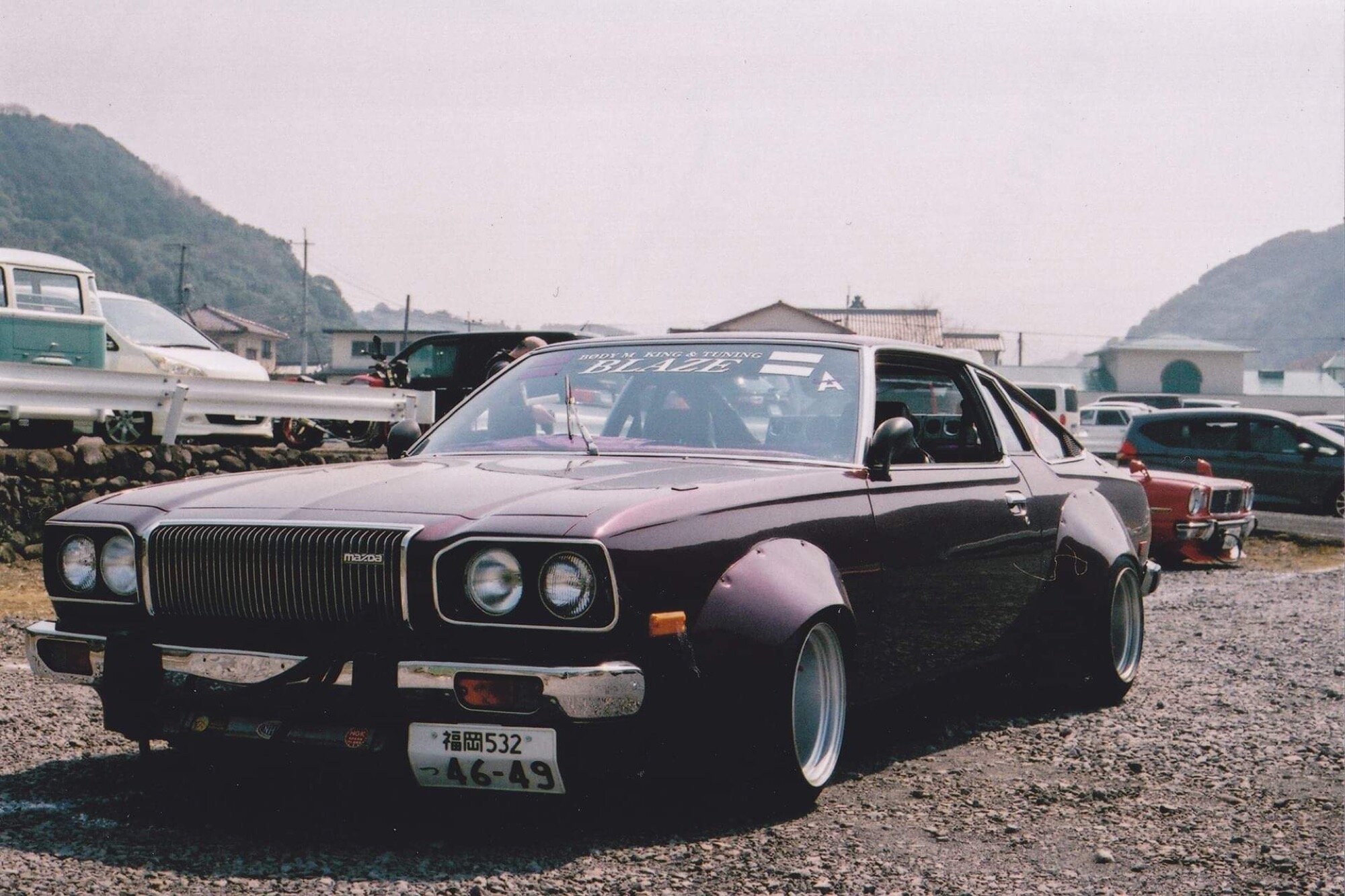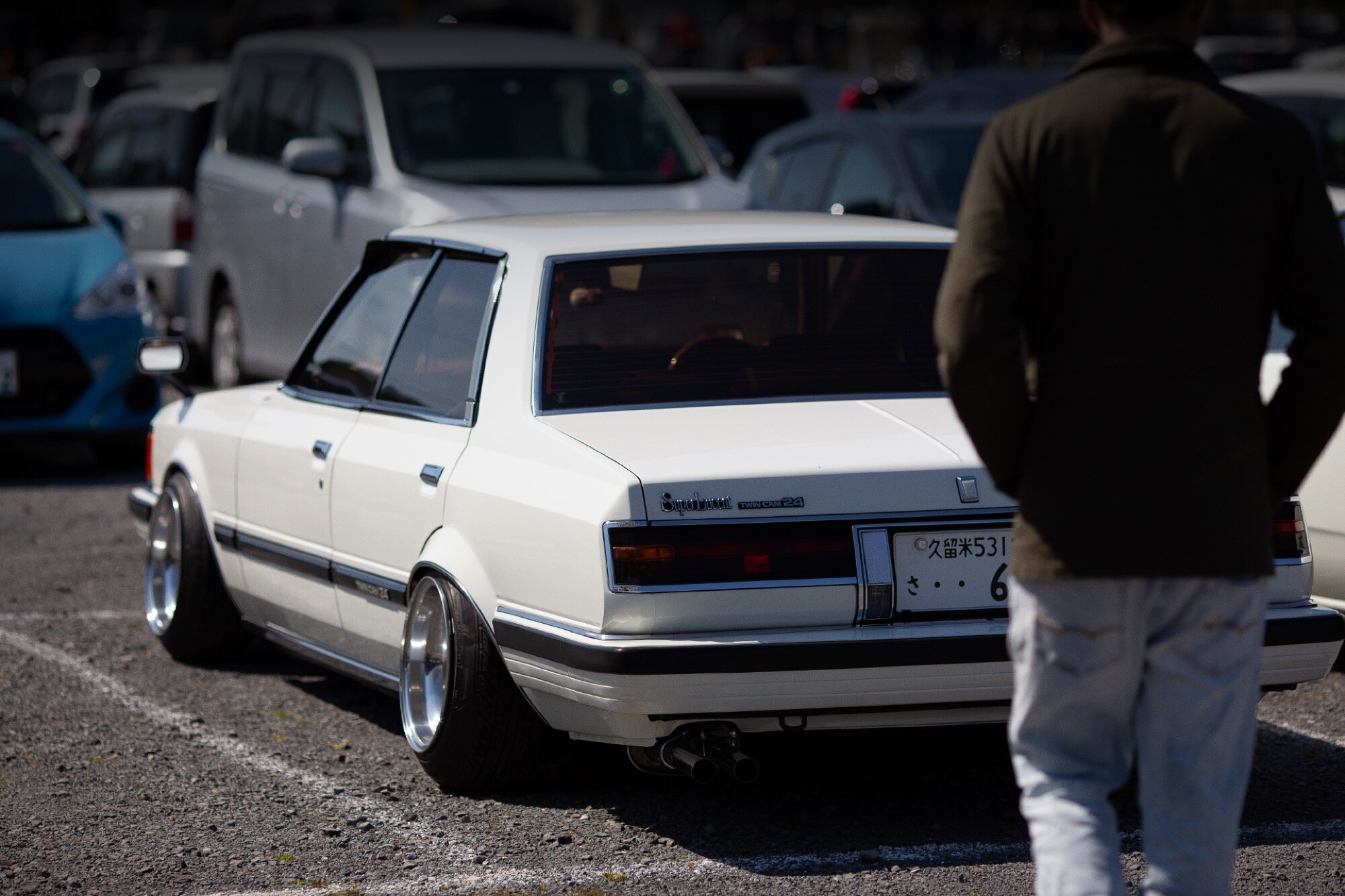THE GOLDEN YEARS OF JAPAN’S CAR CULTURE: SHOWA RACING
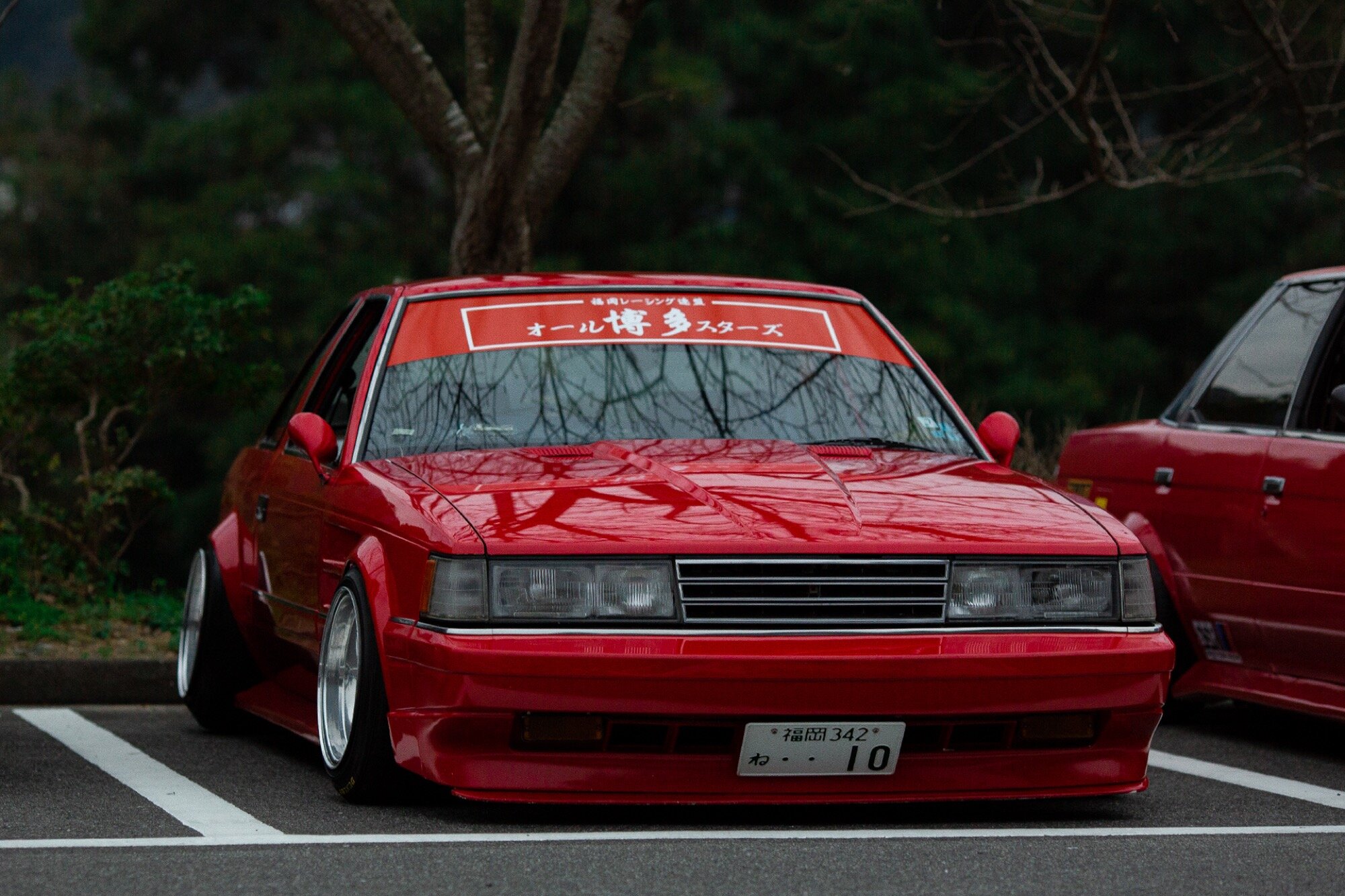
During the years following their post-World War II Allied occupation, Japan's automotive industry expanded explosively and saw them eventually grow into the world's largest vehicle production powerhouse, synonymous with quality and reliability.
As personal vehicles became cheaper and more accessible, they found their way more into the everyday lives of the Japanese population. Naturally from this came the rise of multiple subcultures revolving around their newfound mobility.
One of the most notorious of these are the Bosozoku, gangs of youths terrorising the streets with their cars and bikes as their way of rebelling against society. Their exploits of reckless driving, gang violence and generally disturbing the peace have been extensively documented throughout the years, and while we don't condone criminal activity, their style is undeniable and their culture continues to inform and influence fans to this day.
Another group from this era you might've come across before are Kaido racers. Inspired by 70s and 80s race cars, they're hard to miss with their ground-scraping ride height, tall extended exhaust pipes, huge overfenders with wide wheels to match and wild custom bodywork.
While there might be some crossover between these groups, they're not interchangeable and shouldn't be confused.
One of the many people who consider these times to be the golden age of Japan's automotive scene is Mitch Meade, an enthusiast of late Showa era (1926-1989) cars who has been documenting the scene since 2017 as the appropriately named Showa Racing.
We sat down with Mitch to have an enlightening conversation about his interest in this specific era of Japan's automotive history and how it translates to modern times. He also sets the record straight on various terms and subcategories and offers some insight into the current state of the scene.
Hi Mitch, could you please introduce yourself and your work to Sabukaru?
My name's Mitch Meade, I'm a car photographer in Japan that's been fortunate enough to have my photos published in various magazines, I also run the social media page "Showa Racing" and I've been living in Japan since 2015.
When did your interest in automotive subcultures start and when did you start to document it?
My interest in automotive subcultures started when I was about 16, about the time I started driving. I began documenting the car scene in Brisbane by shooting very amateur video in 2012, and continued with that until I moved to Japan on a working holiday visa and my interest in photography really flourished.
While on my working holiday visa I was living in Saitama, and later Ikebukuro in Tokyo which really put me in a great position to drive to all the car hot spots in and around Kanto and document all that came with it.
My interest in Kaido racers became more of an obsession when I moved from Tokyo down to Kyushu in 2017 and saw an abundance of them. It's not an uncommon site to see them driving around on any given Sunday afternoon. It was around this time I decided to document the culture officially, and launched Showa Racing.
What is it about Showa era cars that appeals to you?
I've always loved anything and everything from the 1970s and 1980s. The fashion, technology etc. so it really came as a natural thing to like cars of the late Showa era too.
What would you say are the main differences between the Australian and Japanese car scenes?
I think the attitude in Japan for any car scene is a lot more laid back than in Australia. Regarding Japanese Kyusha inspired cars being built in Australia, Japan pioneers the styles while foreigners imitate it, and sometimes things get a bit lost in translation, there are definitely some people out there doing a fantastic job though.
Why do you think these differences exist? What factors do you think cause them or make them possible?
Some people seem to want to try and build a Kaido racer as cheap as possible, so they put the cars on replica or "fake" wheels or don't care about getting the car as low as possible. The best way to do it right is to copy what you see being done in Japan as closely as possible.
How many automotive scenes and subcultures are there to find in Japan and what makes them so special?
Off the top of my head, I wouldn't even be able to count. There are scenes and subcultures for just about every car you can imagine, from VW GTI Lupos, to custom vans known as vanning, to various types of American cars.
We see many terms and categories being thrown around such as Shakotan, Zokusha, Kaido racer etc. For the uninitiated, could you briefly explain the differences between certain styles of modification and what they mean?
Kyusha as a broad term means vintage or old car. Kaido racer is a broad word used to describe what some people wrongly call a "Bosozoku car" i.e a GX71 cresta on SSR Mark ll wheels that's very low, has a chin spoiler on the front and a slit spoiler on the rear with some FET Kyokuto decals, this is what a Kaido racer actually is. Shakotan is a word you'll hear by many of the Japanese public used to describe a Kaido racer, but the word itself means low car, and can be used to describe modern low cars too. Kyusha-kai is the term most bikes like to use these days to distance themselves from association with the stigma of Bosozoku. Haiso is a style of Kaido racer that is more or less a 1980s VIP car.
Bosozoku is quite a debated topic, is it cars? bikes? In short it can be both, there were Kaido racers and Kyusha bikes that as a gang were Bosozoku but, it's incorrect to describe either a Kaido racer or Kyusha bike as Bosozoku. I could go on all day about the different sub categories of Kaido racer and Zokusha styling such as Chibaragi style but it would take all day but, what I've described are some key things to remember.
What would you consider to be the best sources to learn more about the Japanese car scene and culture?
From the people themselves, a lot of the guys still in the scene have been around since the 80s. They've answered an abundance of questions I've had over the years which has been really helpful in giving me a more complete understanding. Obviously if you don't speak Japanese this can be a bit difficult, so I'm always happy to answer questions for anyone that's interested. Hightopfade blog founder Park Baker (prkbkr on Instagram) is a Kaido racer history dictionary and I'm sure is happy to help educate anyone that's serious about learning as well.
You may not want to divulge this information and we'd completely understand, but if someone was to come to Japan and wanted to hunt down and witness these scenes first-hand, what types of areas are best for them to start their search?
There's always a chance you'll get lucky seeing them at Daikoku PA but, I'd recommend attending a scheduled Kyusha event. These events can be tricky to find but are hosted all over Japan from about February to November. The New Years Touring that happens all around Japan is something you shouldn't miss if it's possible for you to attend, but this kind of touring is more invite-only. I'm always happy to give out public event information to anyone that asks.
Which are the more underground scenes and how hard is it to get it in there? How has your experience been coming in as a non-Japanese enthusiast?
Coming into the scene as a foreigner hasn't been a problem at all, 99% of the people have been very welcoming and happy to help in any way possible. I've been welcomed into three teams over the past few years; KRC, Route 202 and Hakata All Stars and have enjoyed the mateship that goes with it.
Can you tell us a little bit about the Bosozoku? Did you encounter some of them in your time in Japan?
Real Bosozoku gangs? Likely not. Young people pretending to be Bosozoku, yes. Most people try to distance themselves from the stigma of Bosozoku and prefer to be called Kyusha-kai these days.
Does the subculture extend beyond the cars? Is it born from and centered around the cars, or are the cars just a single part of a bigger culture?
Cars are a big part of the culture but not the only part. Kyusha bikes, rockabilly music, Showa and Yankii fashion etc. all come into play with some people too.
What time period would you consider to be the golden era of the automotive scene in Japan?
In my opinion the late 1980s too early 1990s is when Kaido racers really started to become more refined and good-looking. I really enjoy looking back at magazines of that time.
What are some of your favourite cars and why?
I'm a big fan of the GX51 Cresta and also love any GX61 variant; Cresta, Mark ll or Chaser. These cars are getting less common, and they're from my favourite few years of the 80s, 1980 - 1984.
Of all the custom/tuning workshops in Japan, which ones are your favorites? What makes their work notable?
That's a tough one to answer, I'd have to say Goldrush Customs. They strike the perfect balance in their Kaido racer styling with body work, light custom and Haiso. They've really made that look their own.
Is the DIY attitude and approach prevalent amongst fans of the old school Japanese car scene?
Without a doubt, yes. Some people do pay to have their cars built, but the larger majority do it themselves or with the help of friends.
What is your set up for shooting?
For digital photography a Canon 5D Mk iii and various Canon prime lenses. For film photography a Fujica AX-3 with various old Fujica primes.
Have you had any crazy or scary encounters during your time spent documenting the scene?
Nothing scary no, but one of the coolest memories I have is driving late at night with a group of about 40 Kaido racers on the way to the mountains to do Nonsuri. It seems a bit cliche but it honestly reminded me of that scene in Shakotan Boogie with the large group of cars cruising late at night.
What are the leading personalities in the scene? Are there any key players that stand out and we should be paying attention to?
There are some amazing teams around with fantastic builds such as; Team Final, Hakata All Stars, Route 202 and KRC etc. Some key shops that come to mind are Izanami Wheel, Mizuno Works, Goldrush Customs and previously Daisuke Shoten.
What changes have you seen since you first discovered these scenes and now?
Definitely the prices of the cars themselves skyrocketing in price and unfortunately less young people getting involved.
Where do you see the future of the Japanese car scene going?
Japan is very set in its ways and has quite a relaxed stance on policing modified cars. So I don't see too many changes taking place in the near future. One thing that's for sure is prices will continue to rise and people will have to adapt ways and become more creative to enjoy the culture in years to come.
Thank you for your time!
More of Mitch's work can be found at
IG: @showaracing
Website: showaracing.com
Facebook: showaracingoffical
ABOUT THE AUTHOR:
Phong Chung is a Tokyo-based writer who lives consumed by thoughts of gastronomy, technical clothing and old Toyotas.


